Regionalism meaning in architecture
Architecture is the slowest to change of all art forms. It is often obsolete, decades behind the forces that changes society. Everywhere we can find that people still relate a house to a picture of a symmetrical slope roof, that is a universal symbol. It prompts a question when we discuss about regionalism in architecture: how regional is an architecture, does it have a style even its region will keep on changing nevertheless? The answer, architecture is ever changing. The regional style of today will definitely change while keeping it original influence such as climate, topography, light and cultural artifacts. According to Harwell Hamilton Harris, regionalism is a state of mind. The mind that is proud of its localities and accomplishment to its region. The region has its people both from local and transplant and that is the force that drives growths. Gradually, the architecture changes to reflect this state of mind. It add new layers: transplant culture and architectural taste, new construction materials, new demand for growing population dictates housing size, shape and zoning.
Hong Kong in the 1910s
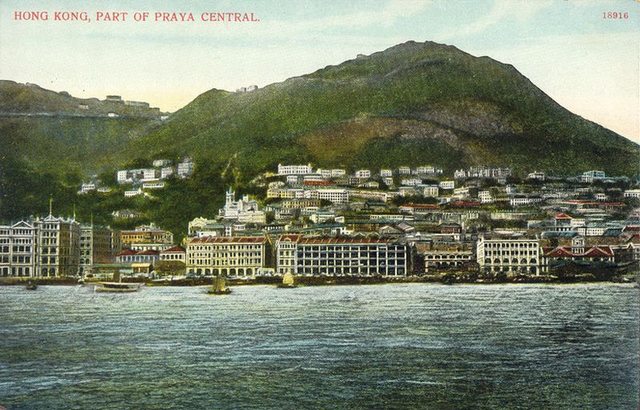
Hong Kong in 2015
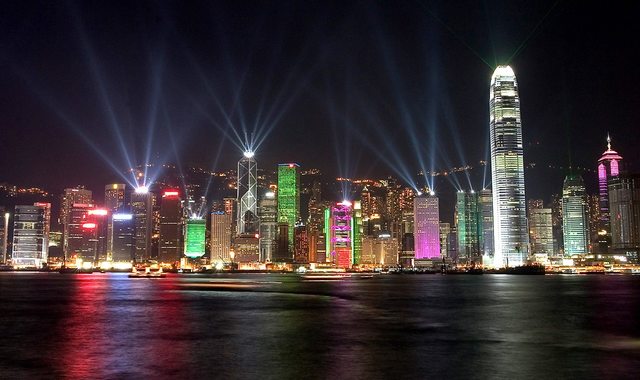
So a city put on new layers as it grows, so does a house.
This is why the morphing of an architecture style should be on the same pace with that of a changing city.
Nha Trang during the Vietnam War
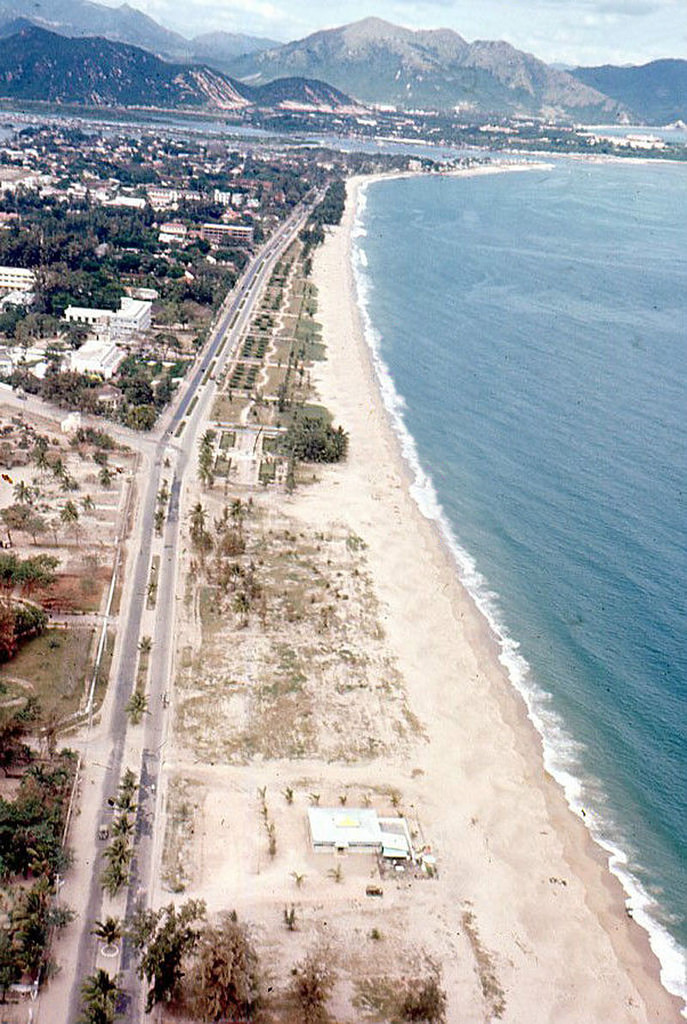
Nha trang nowadays
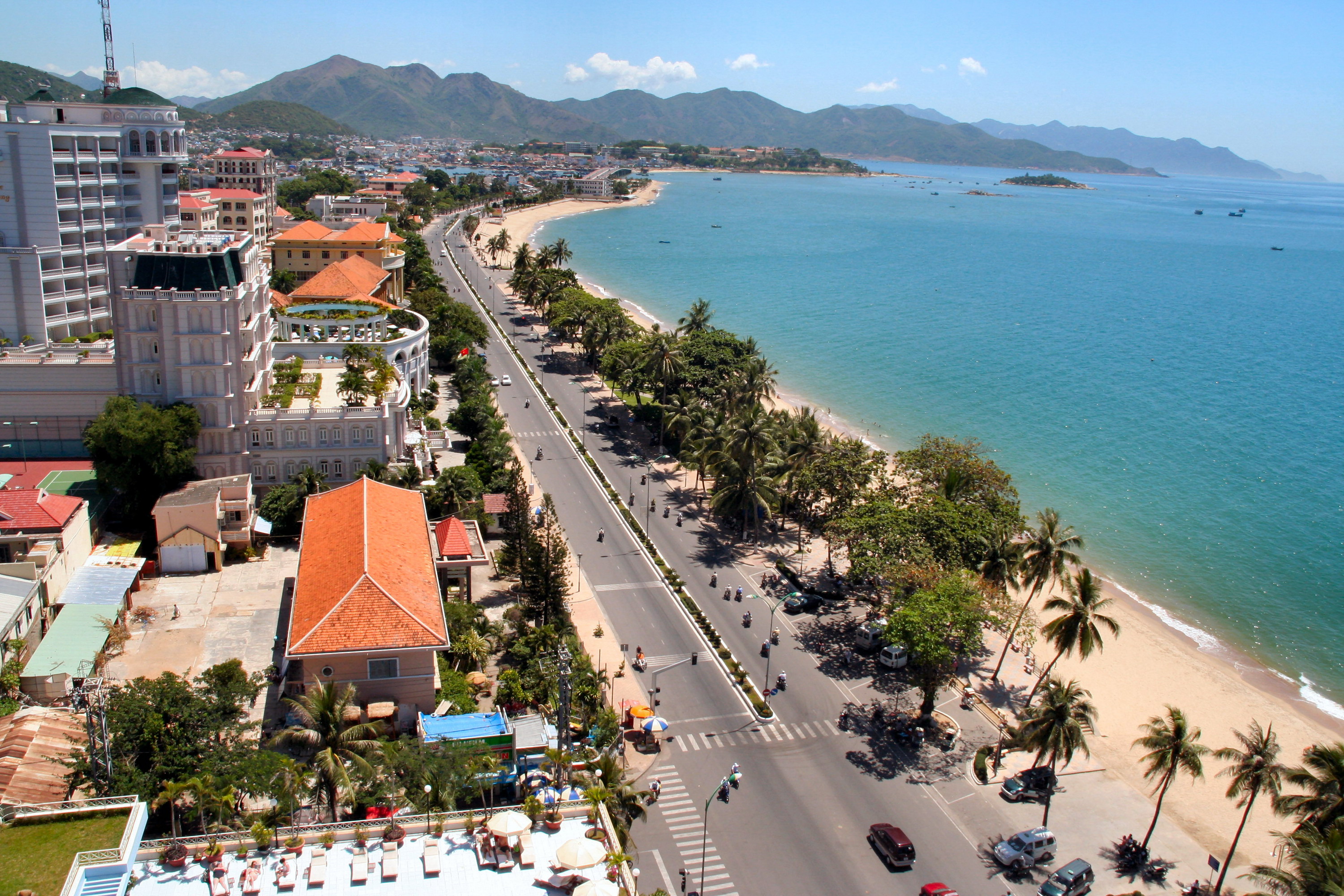
There is critical regionalism which advocates for an architecture that is rooted in modernist tradition while taking consideration of local geographic, climate and cultural tradition.
One would question this ideology: why do we adhere to the modernist principles in the first place to develop a regional architecture?
It is because modern architecture developed on the idea of mass production for mass population, it is a democratic architecture that takes advantage of technology and the ever-changing nature of our cities ever since the technological revolution.
I believe critical regionalism as articulated by Kenneth Frampton is an enduring philosophy, not style and it is objective, meaning we can’t dictate a style on it.
People cannot draw a “critical regionalist building” but it is a social and technological product, although it needs a local sensitivity.
The last requirement is both important and subjective.
Since Frampton’s critical regionalism, cities and buildings has changed, technology has changes, national and global migration has changed.
While Critical Regionalism is objective, meaning it embraces all of the new social changes (aesthetic taste, construction method, new materials etc), it is still subjective to every architect’s interpretation on the drawing board.
Kyoto Temple Daitoku-ji
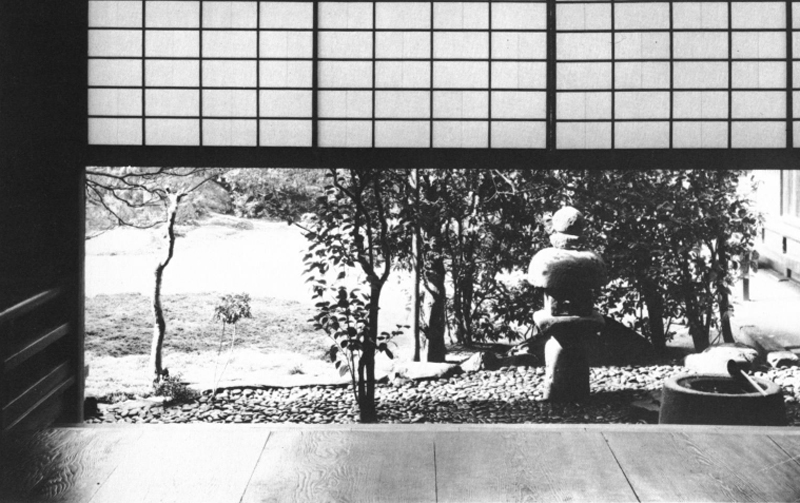
Ishihara Residence, Tadao Ando
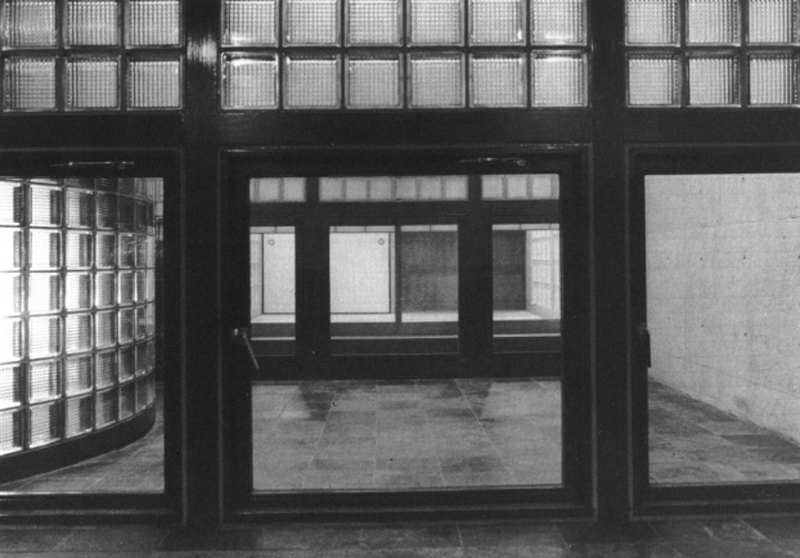
As a reaction to the International Style and post modern architecture, it seeks to avoid both universal blandness and scenographic effects.
So with our ever-changing technology, ever-growing society, is it still possible to adhere to modernist principles, rooted in local tradition and developed upon contemporary construction material and method of today?
I think it is.